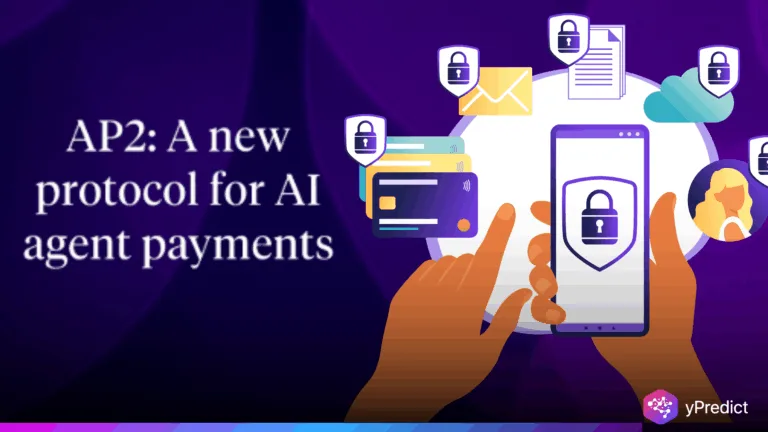
Mill City Ventures III, Ltd. has made headlines with a bold $450 million move, allocating 98% of its capital into $SUI tokens. The firm has become the first public company to adopt an SUI Reserve model, shifting its treasury strategy to match the speed and intelligence needed for artificial intelligence operations. This decision reflects growing confidence in SUI’s high-performance blockchain, which boasts low latency and up to 120,000 transactions per second, as outlined in its 2023 whitepaper by former Meta engineers. With institutional crypto interest surging in 2025, this pivot places Mill City at the intersection of AI and finance.
SUI Reserve Becomes the AI Treasury Standard
Mill City’s SUI Reserve model signals a clear departure from traditional fiat-based treasuries. Executives cited the chain’s AI efficiency and throughput as key reasons for the reallocation. By anchoring its balance sheet to $SUI, the company has committed to a blockchain built for high-speed AI transactions. SUI lets businesses deploy machine learning systems directly on decentralized infrastructure with no latency.
SUI’s performance advantages make it uniquely positioned for leveraging AI-enhanced trading algorithms, automated financial models, and real-time analytics pipelines. Per internal sources, the treasury realignment was strategic, and logistically aligned to the firm’s digital backbone to match with ways of deploying real-world AI. This also comes amid rising enterprise concerns over fiat volatility and centralization risks.
Pantera Capital’s Backing Strengthens Market Confidence
Mill City’s move isn’t in isolation. Major blockchain investors like Pantera Capital and Galaxy Digital have thrown their support behind the SUI ecosystem. Pantera’s endorsement further reinforces SUI as a blockchain capable of handling complex AI workloads. Their involvement signals institutional validation of SUI’s infrastructure strength. Pantera Capital, known for backing scalable blockchain projects, has highlighted SUI’s capability to support AI-based applications.
From real-time data pipelines to decentralized inference models, SUI delivers the low-latency performance AI requires. These capabilities explain why more institutions are leaning toward AI-native blockchains to manage their digital treasuries. Analysts suggest Pantera’s backing assured Mill City to transition from conventional treasury holdings to a blockchain-first structure. For companies relying on AI to drive core operations, token-based reserves offer agility and transparency that fiat models lack.
AI Drives a Rethink in Blockchain Treasury Design
Mill City’s treasury transformation reflects a bigger shift in corporate finance. In the AI era, firms must redesign treasury models that align with algorithmic workflows and real-time automation. Blockchain assets like SUI meet those demands with high throughput and native integration options.
This compatibility lessens latency for data input and response, which is essential for industries that depend on predictive models, fraud detection, and autonomously acting systems. With the model for the SUI Reserve, companies benefit from immediate access to a system designed for machine lead decision making in that ecosystem. Executives also cited SUI’s DeFi infrastructure as a value-add, allowing treasury components to remain liquid, flexible, and interconnected. These features reduce friction between treasury storage and operational deployment, making blockchain assets more functional than passive reserves.
Market Signals Point Toward a Blockchain Treasury Evolution
SUI’s market cap has jumped by $5 billion since its launch in 2023, largely due to its AI-focused capabilities. This performance has not gone unnoticed. Public firms increasingly view AI-native blockchains as essential infrastructure, not just speculative investments. Deloitte’s 2025 digital asset report shows a 30% rise in blockchain treasury adoption among public companies since 2023. Mill City’s strategy could spark a broader wave of blockchain treasury realignments.
As AI systems continue to replace manual processes across industries, treasuries must evolve into responsive, intelligent systems themselves. Market watchers now expect other firms to follow suit, particularly those in fintech, logistics, and AI services. As blockchain matures from a fringe tool to a core operating system, the financial architecture behind it must also adapt.






